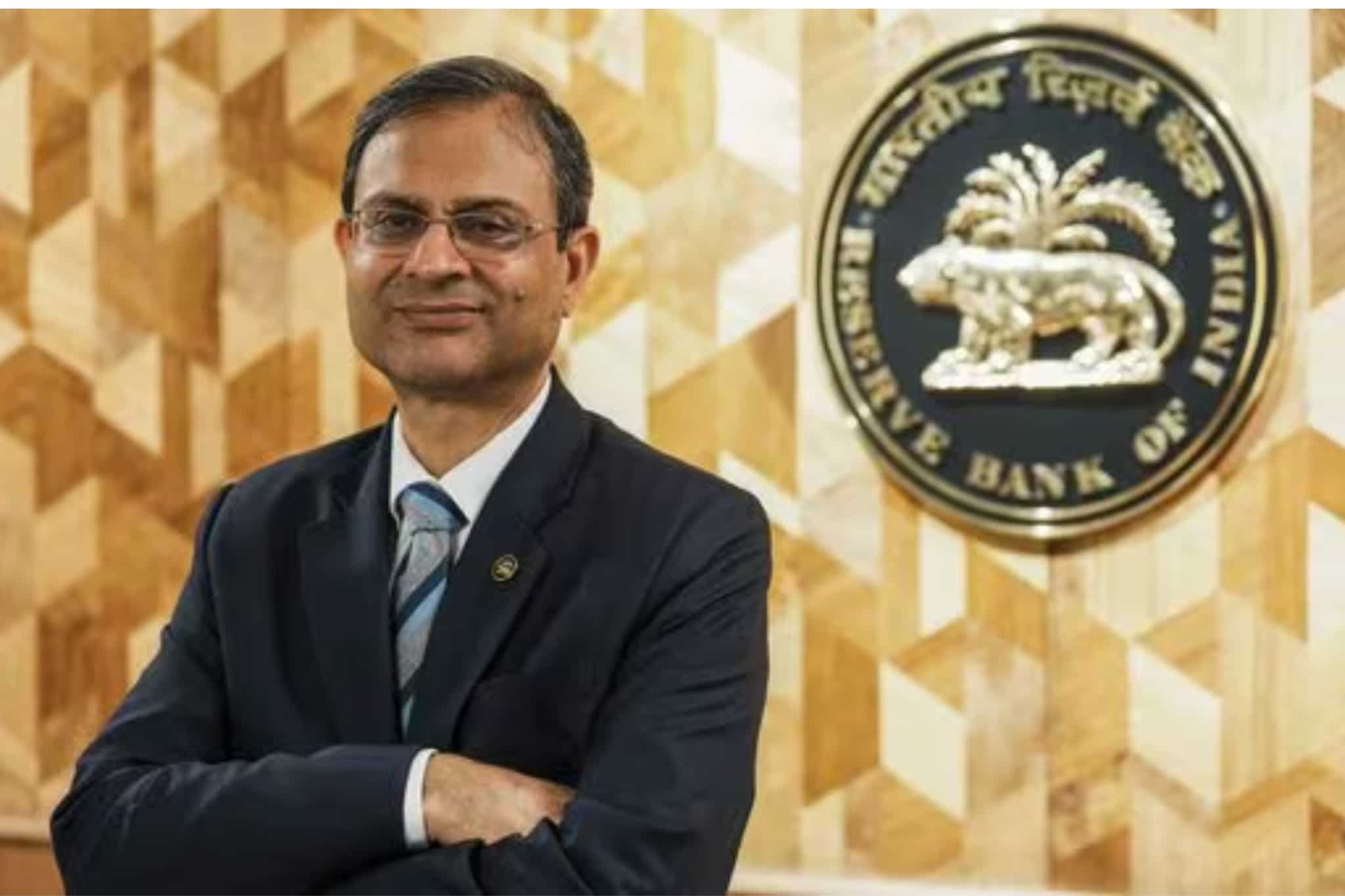The RBI monetary policy committee’s (MPC) decision to go for a relatively mammoth cut, while changing the stance to neutral, should not be confused with a pause on future rate cuts trajectory in the medium term, but rather a semblance of adopting flexible manoeuvrability on part of a conscious regulator to diligently perform a new troika, a State Bank of India (SBI) Research report said on Tuesday.
The Central Bank aims to manage the yield curve and ensure adequate liquidity in the ecosystem, while renewing the pledge to keep growth sacrosanct, mindful of inflationary concerns and checkmating any bubbles formation, said Dr. Soumya Kanti Ghosh, Group Chief Economic Advisor, SBI.
“The current focus of RBI is to support the momentum in capital formation for more durable growth,” Dr Ghosh mentioned.
The recent 50 bps cut in repo rate is the first such instance post 2020.
“We have analysed the history of almost 25-year period of jumbo rate actions and found that jumbo reductions are more often than the jumbo rise. A jumbo action is mostly a reaction to a major key event and aftermath (like global financial crisis (GFC), Covid-19, Russia-Ukraine conflict, etc),” the report noted.
The report found that whenever the liquidity situation is in deficit mode at the time of rate action (increase/decrease), it moved into surplus mode after 6 months.
In the current rate easing cycle, RBI has already reduced repo rate by 100 bps and the external linked benchmarked interest rates reduced automatically.
“If we consider that 80 per cent of the retail and MSME loans portfolio linked to EBLR (External Benchmark Lending Rate), then around Rs 50,000 to Rs 60,000 will be saved by the households,” the report mentioned.
India’s household debt is relatively low (42 per cent) compared to other emerging market economies (EMEs) (49.1 per cent). However, it has increased over the past three years. “Interestingly, the increase is driven by a growing number of borrowers rather than an increase in average indebtedness,” according to the report.
Also, the poverty estimates by SBI and World Bank are remarkably similar. SBI estimates it at 4.6 per cent in 2024, down from 5.3 per cent in 2023 as estimated by World Bank.
Anurag Dhole is a seasoned journalist and content writer with a passion for delivering timely, accurate, and engaging stories. With over 8 years of experience in digital media, she covers a wide range of topics—from breaking news and politics to business insights and cultural trends. Jane's writing style blends clarity with depth, aiming to inform and inspire readers in a fast-paced media landscape. When she’s not chasing stories, she’s likely reading investigative features or exploring local cafés for her next writing spot.






